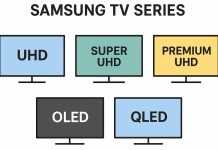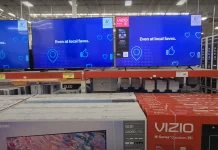Demo mode on a TV is a feature specifically designed to showcase the device’s capabilities, often in retail stores. It highlights the television’s strengths, such as vibrant colors, high resolution, and additional features, to capture the attention of potential buyers.
In this mode, picture settings like brightness, contrast, and saturation are adjusted to higher levels than usual, ensuring the screen looks as impressive as possible under the bright lighting conditions of a store. The screen may also display messages or pop-ups explaining the TV’s features, such as HDR support, smart scaling technology, or sound quality. Many modern Smart TVs come with preloaded videos that can be played in a loop, which is especially useful when there’s no external video source.
While demo mode is useful in retail environments for demonstrating a TV’s capabilities, it is generally unnecessary at home. In fact, it can interfere with regular viewing, which is why users are typically prompted to select a suitable mode, such as “Home Mode,” during the initial setup. However, store mode can be temporarily enabled if needed, such as for demonstrating the TV’s features during a sale or presentation.
This feature first appeared around 15 years ago when TVs began incorporating processors, transforming them into more advanced multimedia devices. Today, demo mode is a standard feature on most modern TVs and can usually be activated or deactivated through the settings menu, often under “General Settings” or “System.” Depending on the TV’s operating system, the process may vary. For example, TVs with Roku OS allow mode selection only during the initial setup. To change the mode later, the TV must be reset to factory settings. This limitation is due to the system’s design, which restricts certain features and channels in store mode.
Although its importance has diminished over time, demo mode remains a familiar and standard feature on TVs, and manufacturers continue to include it as part of their devices.






